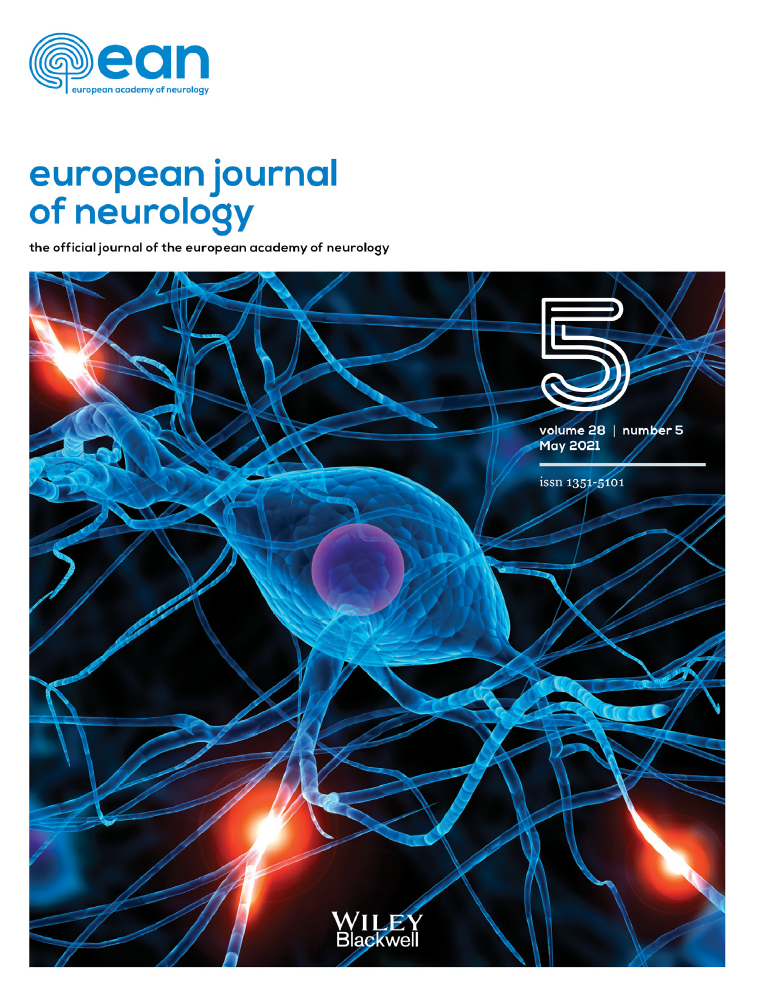Vascular endothelial growth factor and poor prognosis after ischaemic stroke
Abstract
Background and purpose
Systemic inflammation conveys information about ischaemic stroke prognosis. Growth factors with neurotrophic and angiogenesis-regulating properties might provide additional information about sequelae. The prognostic performance of circulating vascular endothelial growth factor (VEGF), placental growth factor, interleukin 6 and C-reactive protein measured after acute ischaemic stroke was evaluated.
Methods
Blood samples were collected from n = 45 patients within 24–48 h of acute ischaemic stroke. The primary outcome was death or moderate to severe disability at 6 months (modified Rankin Scale >2). Logistic regression models were used to determine the area under the receiver operating characteristic curve (AUC). Correlation and principal component analyses were performed to examine interrelationships amongst biomarkers.
Results
Vascular endothelial growth factor was elevated in ischaemic stroke patients who died or had moderate to severe disability at six months. Correlation analysis revealed interrelationships between VEGF and HbA1c, triglycerides, erythrocyte sedimentation rate and National Institutes of Health Stroke Scale and Rankin scores, whereas principal component analyses identified VEGF as a major loading factor that discriminated good from poor prognosis. There were no significant differences in AUC using each protein individually to identify patients who had modified Rankin Scale score >2 at 6 months (n = 15/41, AUC 0.61–0.74). However, the AUC increased significantly when combining VEGF with interleukin 6 and C-reactive protein compared to the VEGF-only model (AUC 0.92 vs. 0.67, p = 0.02).
Conclusion
Circulating VEGF was elevated 24–48 h after acute ischaemic stroke and conveyed prognostic information about moderate to severe disability at 6 months.
CONFLICT OF INTEREST
The authors do not have any conflict of interest to declare.
Open Research
DATA AVAILABILITY STATEMENT
The data that support the findings of this study are available from the corresponding author upon reasonable request.




